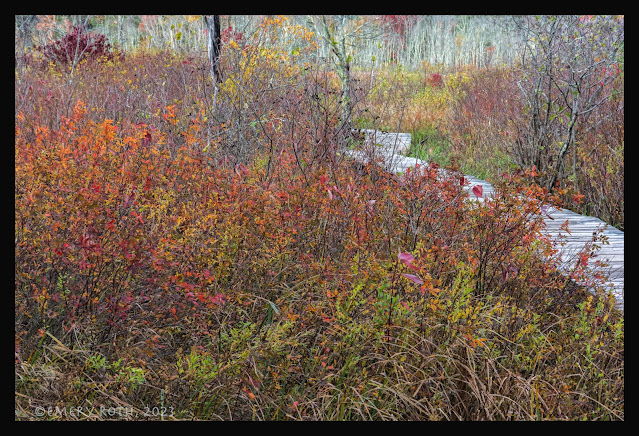Saturday, August 30, 2025
Saturday, August 2, 2025
Thursday, July 31, 2025
Saturday, July 26, 2025
Friday, July 11, 2025
Thursday, July 10, 2025
Saturday, June 28, 2025
Sunday, November 10, 2024
Friday, May 3, 2024
Monday, April 22, 2024
Saturday, February 3, 2024
Sunday, January 7, 2024
Monday, December 18, 2023
First Congregational Church of Plymouth, CT. clock by Eli Terry, manufacturing pioneer

In 1807 Eli Terry signed a contract with the Porter Brothers of Waterbury, CT, to produce 4000, wooden.\, shelf clocks in three years. Everyone said it was impossible. The best clock-makers would struggle to make a dozen clocks in a year. Terry met his obligation to make 4000 in three years for the Porters by developing the first mass production methods and machinery. Parts would be completely interchangeable without further filing and itting. Some consider Terry's accomplishment the most important step toward modern mass production.
Friday, December 8, 2023
Seth Thomas Clock Company, Thomaston, CT
Sunday, December 3, 2023
Thursday, November 30, 2023
St. Anne Catholic Church, Waterbury #1: Looking West from East Clay Street
Looking west down East Clay Street in Waterbury, Connecticut after a trip to HolyLandUSA, May, 2014 — The sun rising behind me catches Naugatuck River night fog behind the now demolished steeples of Saint Anne’s in Waterbury. St. Anne's, begun in 1906, was finally completed in 1922 by the French-Canadian community that settled in the area and worked in the brass mills. HolyLandUSA was the work of a Waterbury attorney. Today St. Anne's serves the local community with services in both English and Spanish.
Thursday, November 2, 2023
EXHIBITION: Whittemore Public Library, Naugatuck, CT — Brass Valley Photographs
EXHIBITION: Whittemore Public Library, Naugatuck, CT, through October 27, 2023
Photographs of Connecticut's "Brass Valley," taken by Emery Roth before the brass mills closed. Above is a detail from "Made in the USA" showing Willy supervising furnaces of the last operating casting furnace of American Brass in Ansonia.
Thursday, October 26, 2023
NOVEMBER EXHIBITION: Whittemore Library, Naugatuck, CT.
The last of the brass factories in the Naugatuck Valley shut down in 2013, but photographs I took in the mills from 2011 to 2013 preserve the last pours in the American Brass casting shop in Ansonia and the tube mill in Waterbury. A selection of these will be on included in an exhibition at the Whiteemore Library in Naugatuck through the month of November.
Also included in the exhibition are photos taken in the Farrel Machine Tool factories in Ansonia. The Farrel foundry was demolished this past summer. In the photo below Mike is about to remove freshly cast billets from the American Brass casting furnace in Ansonia.
Wednesday, October 25, 2023
Tuesday, October 24, 2023
Saturday, October 21, 2023
Wednesday, October 18, 2023
Friday, October 13, 2023
Thursday, October 12, 2023
Saturday, September 30, 2023
Tuesday, September 26, 2023
Sunday, September 17, 2023
Saturday, September 9, 2023
Farrel Machine Shop, August 14, 2023
Immediately after taking the photograph of the Farrel Foundry site on September 4th I walked around to this machine shop, still standing. It had paralleled and connected with the demolished Foundry. It looked no different from this picture taken a month before the Foundry demolition. I guess everything that could have been rattled loose by the demolition had already fallen.
The two rows of windows serve various offices and storage areas that were entered from the foundry. The upper row of windows span from the sand elevator in the north to a stair tower beside the" Tunnel" in the south. It contained a workshop and a long rabbit hole lined with shelves, parts to keep the busy factory running. The lower windows brought little light to a few dingy offices, still furnished and entered from the dark perimeter of the demolished foundry's floor. I imagine once they were busy.
Friday, September 8, 2023
Farrel Machine Tool Foundry, c. noon, September 4, 2023

Monday, September 4, 2023
Machine Monster #4
Machine Monster #4 lived in a tube mill on Bank Street in Waterbury. The photos show the regal beast breathing fire when the mill was active (below) and then later after the mill closed (above). The tube being extruded was bound for use on the U.S. nuclear submarine. Those tubes are now manufactured in Mexico on some of the same machinery.
Saturday, September 2, 2023
Wednesday, August 23, 2023
Meet Oscar
Meet
Oscar — He worked all his life in a Waterbury factory until the factory
was closed, abandoned, forgotten, and finally demolished this year.
Tuesday, August 22, 2023
Wednesday, August 9, 2023
Tuesday, August 1, 2023
Rock-a-bye Robins in the Fuschia are Gone
At 1:30 today, as I returned from my hike, I again passed behind the nest on my way to the front door. Only one of the fledglings remained, and it was perched at the edge of the nest. It permitting me to take only two images and is now gone. So too are the many robins that have been "chirping" at the end of the day.
Saturday, July 29, 2023
New Arrivals
I first noticed the nest in the hanging fuchsia basket and the two tiny blue eggs inside it a few days ago, shortly after ignorantly watering all. The fuschia has suffered since, and today the nest had two tiny birds inside. The mother or father watches keenly from trees when I am out and about in the yard. I will let nature take its course, but they will have to get use to our passage or we are their prisoners.
 |










.jpg)

.jpg)
.jpg)





.jpg)




.jpg)










.jpg)




.jpg)

.jpg)

.jpg)

.jpg)


